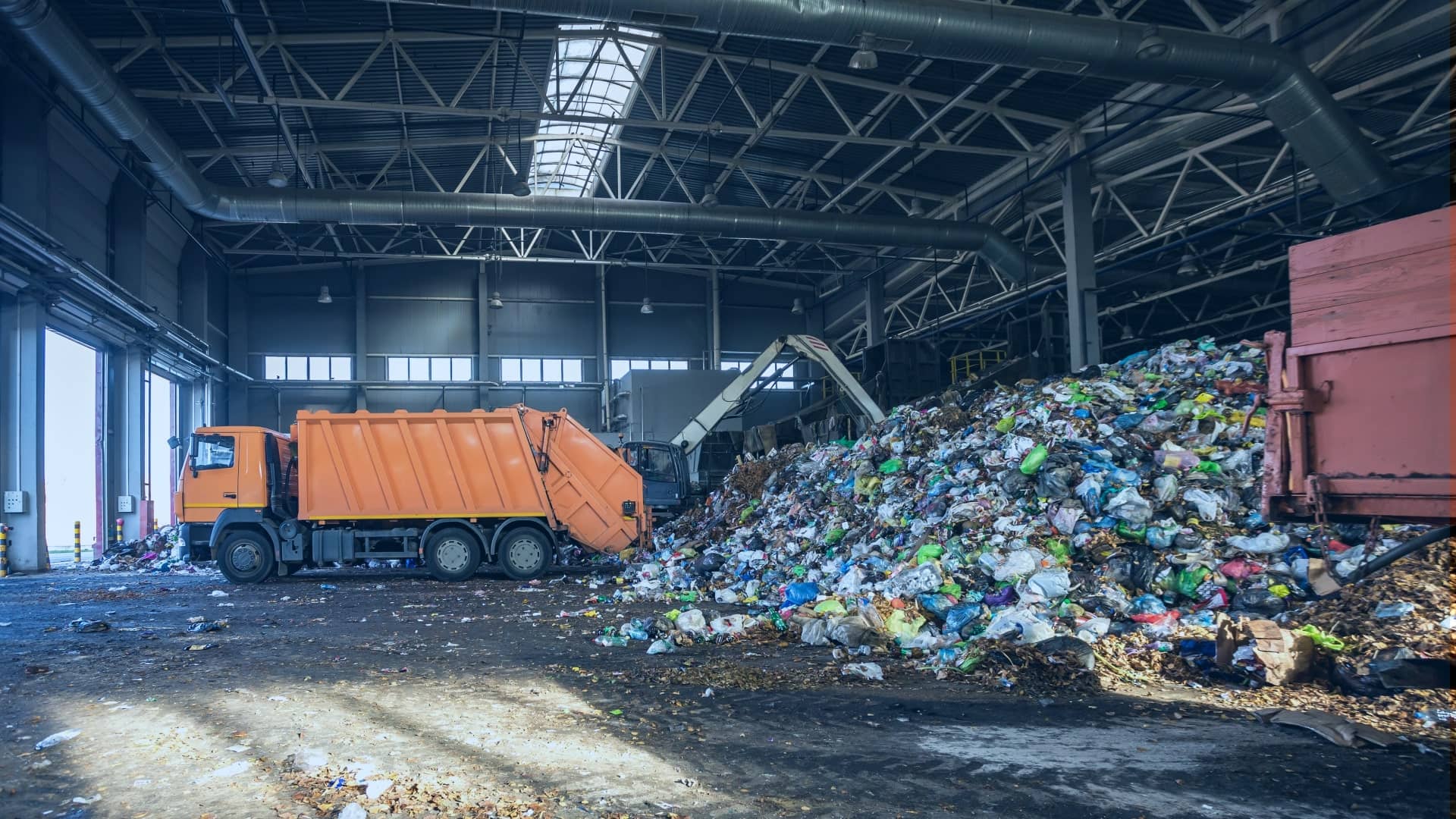About Reclaim Waste
Table of Contents6 Easy Facts About Reclaim Waste ExplainedRumored Buzz on Reclaim WasteThe Only Guide to Reclaim WasteThe smart Trick of Reclaim Waste That Nobody is Talking AboutSome Ideas on Reclaim Waste You Need To Know
Domestic sewer waste refers to the waste and products from a residential septic tank. The appropriate monitoring and disposal of domestic sewer waste require fluid waste to be transferred to a sewage therapy plant where the correct methods and devices are applied to detoxify and dispose of waste.
Commercial waste typically consists of potential hazards, such as combustible materials or a combination of liquid and strong waste items, and needs an advanced and detailed disposal procedure. The disposal of business waste commonly includes the filtration of waste before transport to ensure secure and proper disposal. Hazardous waste is produced from byproducts and drainage of industrial procedures and production.
This type of waste can not make use of the very same sewage management transportation or processes as septic or business fluids. The commercial waste monitoring process needs the inspection and testing of fluid waste before it undergoes the disposal process (liquid waste disposal). Runoff waste is the liquid waste that comes from runoff and excess stormwater in very populated areas or cities
Overflow waste can trigger contamination and flooding otherwise taken care of appropriately. Find out a lot more regarding sewage system cleaning and waste monitoring. Making certain proper waste monitoring can avoid calamities and reduce environmental harm. Both people in residential setups and experts in industrial or production sectors can take advantage of understanding the procedures and guidelines of liquid waste monitoring.
Reclaim Waste Fundamentals Explained
Get in touch with PROS Solutions today to discover our waste administration and disposal solutions and the proper ways to care for the fluid waste you generate.
(https://www.callupcontact.com/b/businessprofile/Reclaim_Waste/9368278)Do you recognize what happens to your water when you disengage, flush the toilet or drain the washing device? No? Well, it deserves knowing. This so-called 'wastewater' is not just an essential resource but, after therapy, will certainly be released to our land, waterways or the ocean. Made use of water from toilets, showers, bathrooms, cooking area sinks, washings and industrial processes is referred to as wastewater.

water used to cool down machinery or clean plant and equipment). Stormwater, a kind of wastewater, is runoff that flows from agricultural and metropolitan areas such as roofing systems, parks, gardens, roads, paths and gutters right into stormwater drains pipes, after rainfall. Stormwater moves unattended straight to local creeks or rivers, ultimately getting to the sea.
7 Simple Techniques For Reclaim Waste
In Queensland, the majority of wastewater is treated at sewage therapy plants. Wastewater is moved from residential or commercial websites with a system of sewers and pump terminals, recognized as sewage reticulation, to a sewer therapy plant.
The Division of Natural Resources encourages regional governments concerning managing, operating and maintaining sewage Resources systems and therapy plants. In unsewered areas, city governments may require householders to mount specific or house sewage therapy systems to treat residential wastewater from bathrooms, kitchen areas, bathrooms and washings. The Department of Natural Resources authorizes making use of house systems when they are shown to be efficient.
A lot of stormwater gets no therapy. In some new communities, therapy of some stormwater to remove clutter, sand and gravel has started making use of gross toxin catches. Wastewater treatment occurs in 4 stages: Removes strong issue. Larger solids, such as plastics and various other things incorrectly released to sewage systems, are gotten rid of when wastewater is travelled through displays.
Uses little living microorganisms knows as micro-organisms to damage down and eliminate remaining dissolved wastes and great particles. Micro-organisms and wastes are included in the sludge.
The Ultimate Guide To Reclaim Waste
Nutrient removal is not readily available at all sewage treatment plants since it requires costly specialist equipment. Clear liquid effluent created after treatment might still include disease-causing micro-organisms - industrial wastewater treatment.

A lot of wastewater flows into the sewage system. Under the Act, local governments administer authorizations and licences for ecologically pertinent activities (ERAs) entailing wastewater releases that could have a regional impact.
Not known Factual Statements About Reclaim Waste
Tracking gives valid information about water top quality and can confirm that licence conditions are being met. The information obtained via tracking gives the basis for making water quality choices.